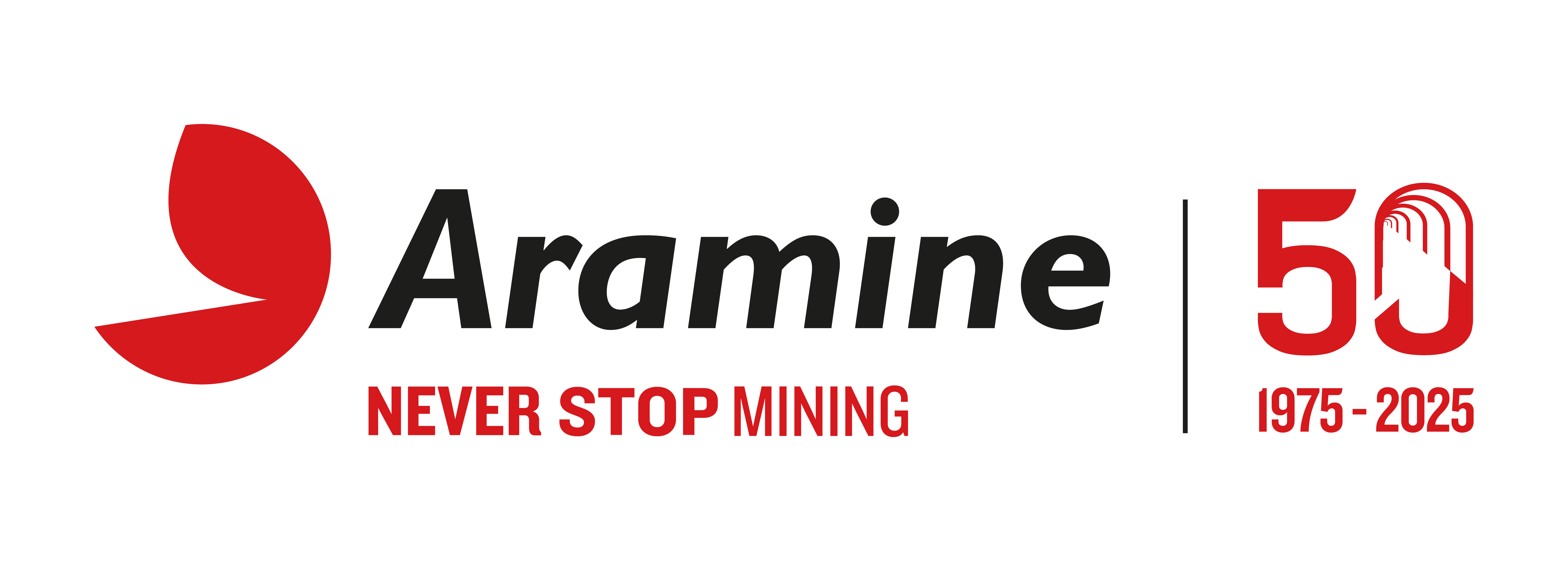
Working underneath the surface: an overview of working conditions for underground miners
Underground mining is a challenging and dangerous profession that requires a high level of skill, experience, and physical fitness. The working conditions for underground miners are harsh and unforgiving, which brings the mining companies and their partners to measure and anticipate every potential risk. This article reveals the different aspects of working underground, from the job itself to its working conditions, and how a mining company can improve them. It also includes an exclusive interview of Vladimir Traskine, Regional Director at Aramine.
A full-skilled job
An underground miner is a skilled worker who specializes in extracting minerals, metals, or other valuable resources from underneath the surface. They work in galleries that are located deep underground and are responsible for a variety of tasks, including drilling, blasting, and digging tunnels to follow the vein of an ore or mineral. As part of their daily tasks, miners must know how to operate heavy machineries, such as drill rigs, excavators, mining loaders, and trucks. Thus, they have a complete understanding and mastery of mining techniques and equipment.
Underground miners usually work in shifts that can last a few hours without a break. In many countries, the workers must come on weekends and may be called upon to work in unfriendly weather conditions.
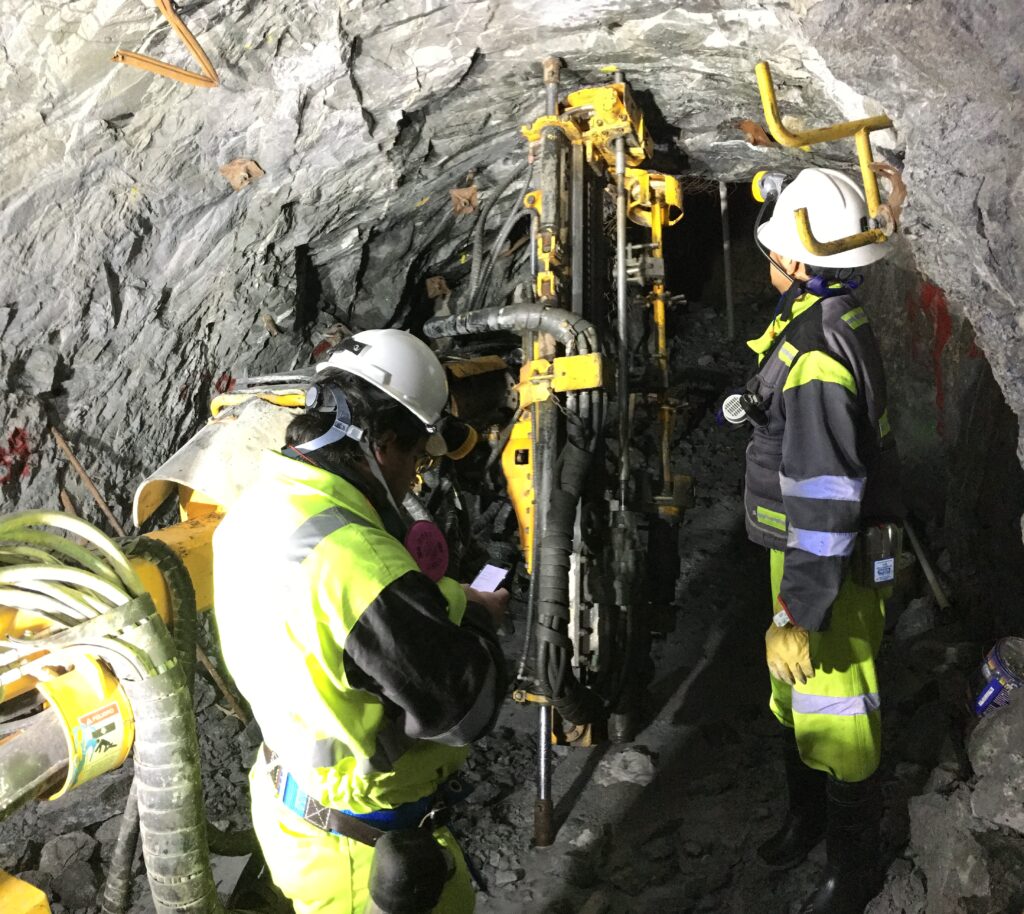
How to improve miners' working conditions?
Technology has improved in recent years, making working conditions more comfortable, or at least easier. Miners are now equipped with better tools and equipment, such as self-rescue devices, communication systems, and ventilation systems that help to improve their safety and well-being. Additionally, many mines now have strict safety regulations in place, which are designed to minimize the risks of injury and death.
At Aramine, we place humans at the center of our thoughts. By manufacturing battery-powered mining machines, we are taking a step towards a more responsible mine. This energy significantly improves the working conditions of miners. Indeed, a battery-powered machine doesn’t emit gas in the galleries while reducing the noise and the temperature. As a matter of fact, an Aramine L140B mining loader produces 6 times less heat than a thermal one (with the same performance). Finally, this type of machine produces much less vibration, which reduces the risk of MSD (Musculoskeletal disorders).
In addition, some options such as the remote-control system enable the operator to avoid being exposed right to risks. Following this technological development, Aramine R&D department continues implementing new technological advances such as automation and digitalization to keep efficiency at its highest level while taking care of the operator.
The interview of Vladimir Traskine, Regional Sales Director at Aramine


How would you describe the conditions in the mine?
Difficult and tiring work, the mine is very risky. We operate 1km underground in galleries that are 2m by 2m. People work there all day long and develop a strong sense of solidarity. While you are immersed in the bowels of the earth, you rely on the genius of the engineers who keep us safe.
What surprised you most about your first experience in a mine?
I started off “soft”, in a mine in France, which was more like an underground quarry. You had to walk 150m with a slight slope to go down, rooms and pillars, it’s clean, it’s square, it’s dry, a bit dusty but nothing more, the galleries were big and lit.
Have you ever had a difficult experience in an underground mine?
Yes, in a Narrow Vein mine that was not mechanised, with workers who worked by hand, with very high temperatures and humidity level.
The environment appeared dangerous to me. We moved from one level to another through narrow tunnels, with wooden ladders on the walls. I realised how difficult it gets to progress and why wearing adapted personal protective equipment is essential. It was almost like caving!
Do you think that the working conditions of the miners could be improved? If so, how?
A very good example would be battery-powered machines. I visited a mine where the conditions were extreme. The miners were on average 35 years old and worked in galleries 2.5m wide and 50m long for 8 hours a day with a diesel machine running at full speed. Even if there was mechanical ventilation, it was difficult to extract the exhaust gases… You realise that the diesel engine is not suitable in the mine. A battery-powered machine would solve these problems.
Additionally, in a more general way, a tracking system for minors would allow for limiting certain risks. Being able to locate them and know how many people are operating underground would allow us to anticipate risks and react more effectively.
Finally, we understand why the mine should respect the highest safety standards and certifications, and the importance of scaling and bolting.
The working conditions in an underground mine
Measuring the risk
Another major challenge that miners and operators face is the risk of injury or even death. Underground mining has many unpredictable hazards that can cause serious injury or, in the worst-case scenario, death. These hazards include cave-ins, explosions, and flooding, as well as the risk of exposure to toxic gases and harmful chemicals (in specific applications). Therefore, a miner must know how to protect himself and how to use PPE (Personal Protective Equipment) to prevent such incidents.
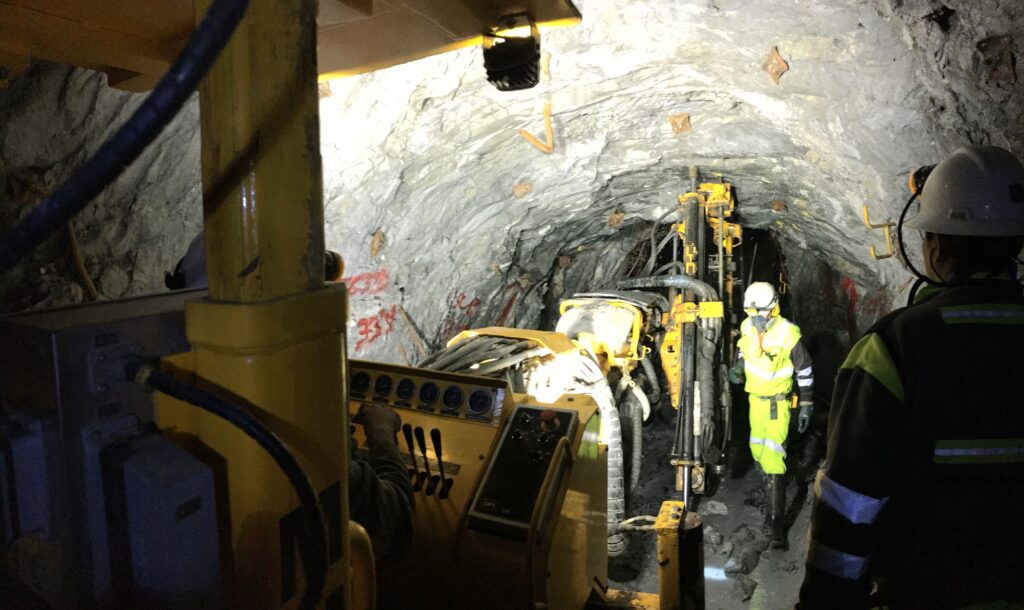
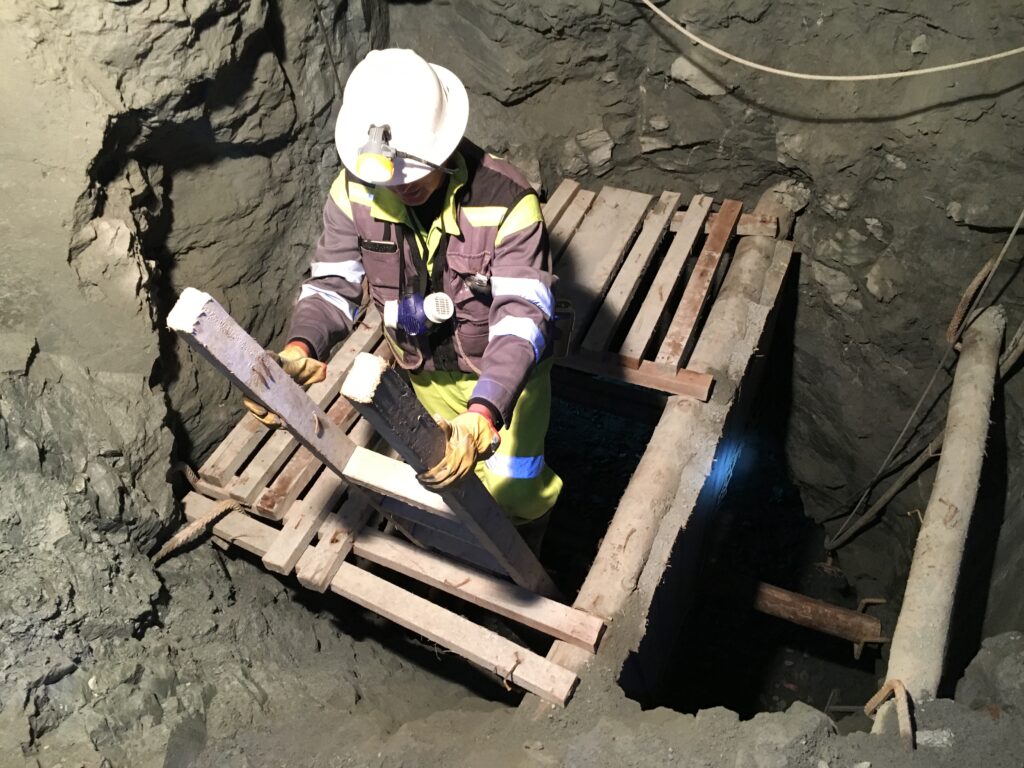
Physically demanding
One of the most challenging aspects of working in an underground mine is the physical labor involved. Miners need to spend long hours working in narrow and dark spaces, often in physically demanding positions. Strong prevention and controls are essential to prevent health issues.
A ruthless environment
The working conditions of underground miners are influenced by the environment of the mine they work in. Underground mines are located deep underneath the ground, which means extreme temperatures and humidity levels. Depending on those conditions, miners have to wear special equipment to protect themselves from extreme temperatures. The high humidity levels in the mines make the air feel heavy and make it difficult to breathe.
In addition, the mine can alter several senses. For example, the noise levels in underground mines can be extremely high, which may damage hearing. Musculoskeletal disorders can also occur due to the vibrations of the machines. Also, the low levels of natural light oblige them to rely on artificial lighting.
Furthermore, the altitude or depth of the mine also influences the environment. Miners working at high altitudes may experience altitude sickness or other health problems (such as headaches or breathing difficulties), while those working at great depths may have to deal with high levels of pressure that can be unsafe for their health.
Finally, another parameter, often forgotten, is the distance between mine operations and cities. Many workers have to travel long distances to reach their place of work and the journey to and from the mine can take several hours. The time slot is wide, and therefore, maintaining a good work-life balance is complicated.
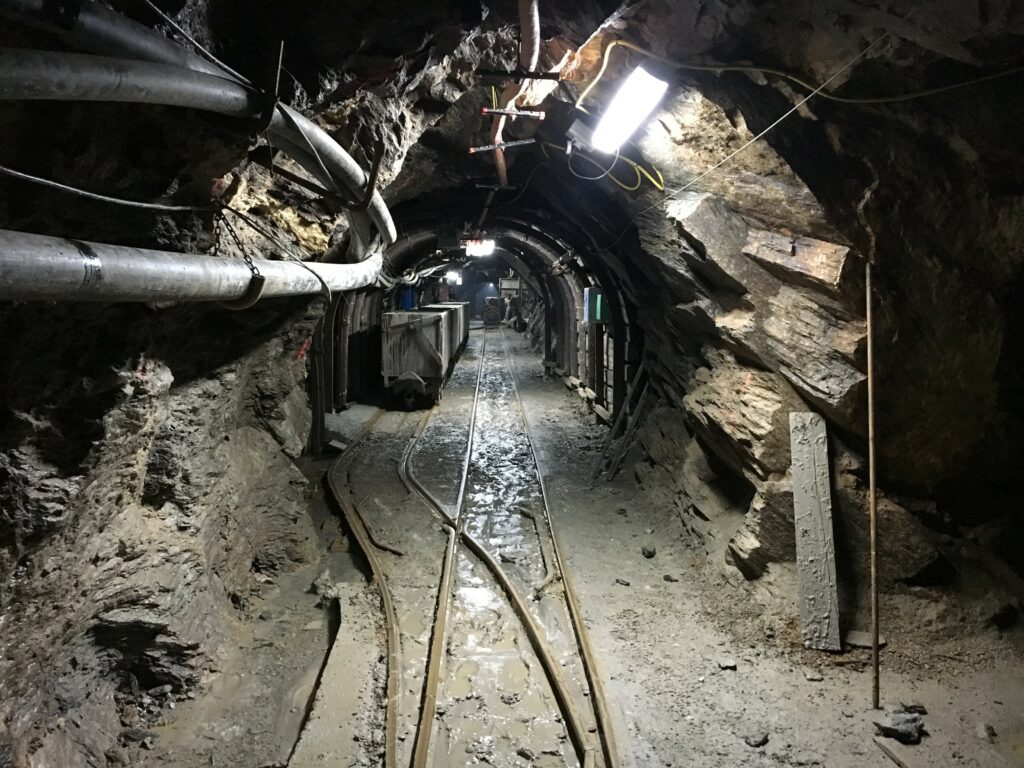
Conclusion
In conclusion, working in an underground mine is dedicated to skilled, experienced, and physical fitness people. With the technology advancements and strict safety regulations, the working conditions have improved, making the job slightly more comfortable.
We must remember most of our everyday life actions, such as reading this article on a screen would not be possible without ores extraction. Miners play a vital role in our daily lives.
